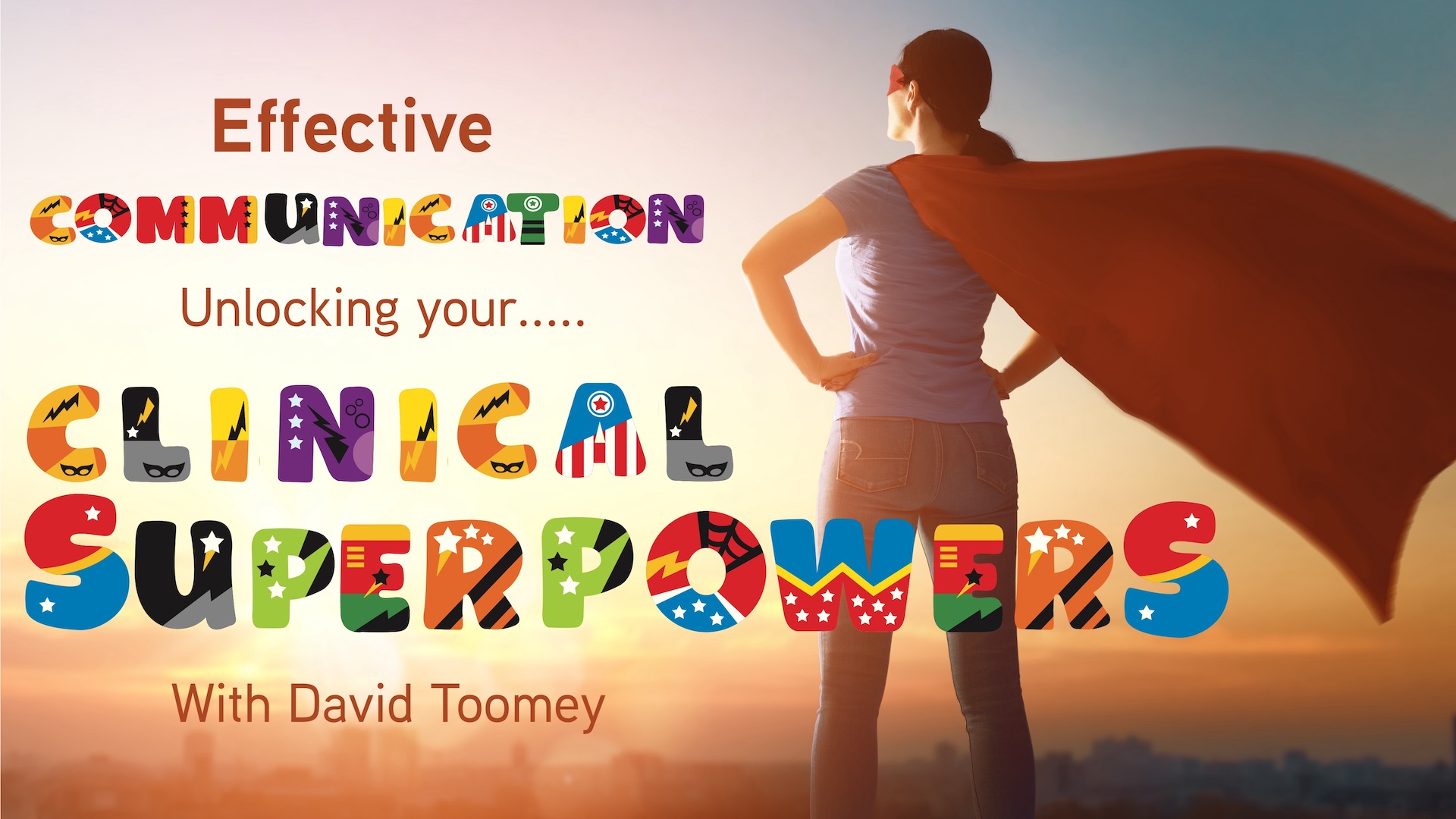Your patients may not always do their exercises, or psychological stress, emotional or social factors may be impacting their recovery, and it can be uncomfortable or hard to address these issues with patients in a sensitive and effective way.
Patients may also have unhelpful beliefs we want to address and change, like “My back has gone out” or “I don’t think I’ll be able to go back to work because my back is too bad”.
If we pretend like we didn’t hear them mention their stress, dismiss that they didn’t perform their exercises, or contradict their false beliefs, we risk losing the rapport we’ve built with our patient, their buy-in to your exercise program and the valuable opportunity to help address the factors that are slowing their recovery.
On the other hand, when patients perceive you have good communication skills, they’ll also believe you are a good Physio.
In this first presentation in the Clinical Edge member’s Communication module, David Toomey (NZ Titled Musculoskeletal Physio, PhD Candidate, Senior Presenter & Educator with Clinical Edge) will help turn your communication skills into a clinical superpower, so you can become the warm, caring and effective clinician you’d want your Mum to see if she needed treatment.
In this presentation you’ll discover:
- How to effectively discuss biopsychosocial factors that are impacting your patients' pain experience and recovery.
- How to evolve beyond the old biomedical style of communication.
- How to avoid being a “Mythbuster” and destroying your therapeutic alliance with patients, while still addressing false beliefs such as “My back is out”, “My knee is worn out”, or “I don’t think I’ll be able to go back to work because my back is too bad”.
- The 6 step process to effective communication with patients in pain.
- Patient expectations are one of the biggest predictors of treatment outcomes with patients in pain. Discover how to improve your patients' expectations and outcomes with your communication.
- How to find the balance between friendliness, forming a genuine bond with the person, and collaborating to find meaningful goals.
- How to turn the communication buzzwords - “therapeutic alliance”, “patient-centred care”, “shared decision making”, and “patient preferences” into a superpower that helps improve your treatment results.
- Why incorporating “patient preferences” and “shared decision making” doesn’t mean just doing what the patient wants.
- Case studies - taking you through patient examples of when communication goes right, and when it goes wrong in a treatment session.
With this presentation, you’ll discover communication strategies, practical tips and case studies that’ll help turn communication into your clinical superpower, and improve your treatment results.
CLICK HERE to improve your assessment & diagnostic skills with a free trial Clinical Edge membership

